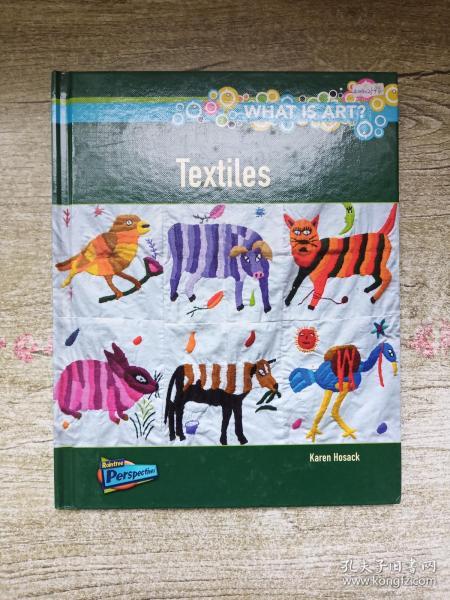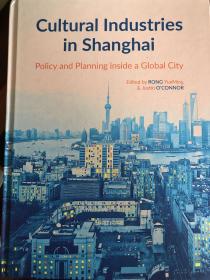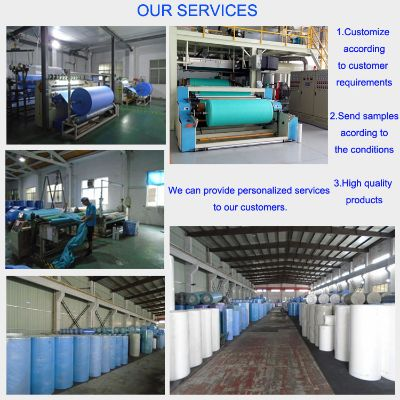What is Textile Testing?
Textile testing is the process of evaluating the quality and performance of textile materials, such as fabrics, yarns, and other textile products. This includes various tests that assess various properties, including strength, durability, comfort, and appearance. Textile testing is important for ensuring that textile products meet consumer needs and industry standards. It helps manufacturers identify areas where improvements can be made to improve product quality and increase market competitiveness.
Introduction: Textile testing is an essential process in the manufacturing and quality control of textile products. It involves various methods to evaluate the performance, durability, and safety of these materials. In this article, we will discuss the different types of textile testing, their purposes, and how they are performed. We will also provide an example of a successful textile testing case.
Types of Textile Testing:

-
Material Testing: This involves assessing the physical properties of the fabric, such as its weight, thickness, and strength. Material testing is important for ensuring that the fabric meets the required standards and specifications.
-
Performance Testing: This includes evaluating the functionality of the fabric, such as its ability to absorb moisture, resist wear and tear, and maintain color. Performance testing is crucial for ensuring that the fabric is durable and reliable.
-
Environmental Testing: This involves assessing the environmental impact of the fabric, such as its sustainability and eco-friendliness. Environmental testing is important for ensuring that the fabric is produced using sustainable materials and processes.
-
Safety Testing: This includes evaluating the safety of the fabric, such as its resistance to fire and toxic substances. Safety testing is important for ensuring that the fabric is safe for human use.
Purpose of Textile Testing: Textile testing serves several purposes, including:
-
Quality Control: Textile testing helps manufacturers ensure that their products meet the required standards and specifications. This ensures that the product is of high quality and meets customer expectations.
-
Product Development: Textile testing can help identify potential issues with new products before they are launched. This allows manufacturers to make necessary adjustments and improvements to the product.
-
Regulatory Compliance: Textile testing is often required by regulatory bodies to ensure that products comply with safety and environmental standards. This helps protect consumers and the environment.
Example of a Successful Textile Testing Case: One example of a successful textile testing case was the case of a clothing company that tested their new line of denim jeans. The company conducted a series of material testing, performance testing, and environmental testing on the jeans. The results showed that the jeans met all the required standards and specifications, had good durability and resistance to wear and tear, and were made using sustainable materials. The company then launched the jeans successfully, and they quickly became popular among customers.
Conclusion: Textile testing is an essential process in the manufacturing and quality control of textile products. It involves various types of testing to evaluate the performance, durability, and safety of the fabric. By conducting textile testing, manufacturers can ensure that their products meet the required standards and specifications, and that they are of high quality and safe for human use. A successful textile testing case can help demonstrate the effectiveness of the testing process and increase customer confidence in the product.
什么是纺织品测试
纺织品测试是用于评估纺织品质量、性能和安全性的过程,它涵盖了多个方面,包括物理性能测试、化学性能测试、环保性能测试等,下面我们将通过表格和案例详细说明纺织品测试的各个方面。
纺织品测试的步骤
-
材料准备:对待测试的纺织品进行准备,包括材料的规格、尺寸、颜色等。

-
测试设备:使用各种测试设备进行测试,如拉力测试机、耐磨测试机、吸水性测试仪等。
-
样品制备:根据测试需求,将纺织品样品制备成标准样品。
-
测试方法:根据纺织品的特点和应用领域,选择合适的测试方法,对于服装面料,可能需要进行吸湿性、透气性、抗皱性等测试。
-
数据记录与分析:记录测试数据,并进行数据分析,以评估纺织品的性能和质量。
纺织品测试的案例说明
服装面料测试
某品牌服装面料在进行质量检测时,需要进行吸湿性、透气性、抗皱性等测试,准备符合规格的服装面料样品,使用吸湿性测试仪测量样品在不同湿度条件下的吸湿性表现,使用透气性测试仪测量样品的透气性能,根据测试结果分析服装面料的性能和质量,通过这些测试,可以确保服装面料的舒适度、透气性和耐久性符合要求。
纤维含量测试
某品牌纺织品在进行纤维含量检测时,需要了解纤维的种类和含量,准备纤维含量检测所需的样品,使用纤维含量测试仪对样品进行检测,以确定纤维的种类和含量,根据测试结果,可以了解纤维的质量和性能,为生产高质量纺织品提供依据,还可以通过纤维含量测试了解纺织品的环保性能和可持续性。
纺织品测试的表格说明
以下是一个纺织品测试的表格说明:
纺织品测试项目列表
| 项目名称 | 描述 | 示例数据 |
|---|---|---|
| 物理性能测试 | 拉力、耐磨性、吸水性等 | 根据样品规格和需求进行测量 |
| 化学性能测试 | 耐酸性、耐碱性、抗化学腐蚀等 | 根据样品用途进行选择和测量 |
| 环保性能测试 | 环保标志认证、有害物质限量等 | 根据相关标准和法规进行测量 |
| 其他指标 | 其他相关性能指标 | 根据具体应用领域进行选择和测量 |
纺织品测试是确保纺织品质量、性能和安全性的重要手段,通过选择合适的测试方法、准备标准样品并进行数据记录与分析,可以评估纺织品的性能和质量,通过案例说明和表格说明,可以更好地理解纺织品测试的过程和要点,在实际应用中,可以根据具体需求选择合适的测试方法和指标,以确保纺织品的质量和性能符合要求。
Articles related to the knowledge points of this article:
Exploring the Rich Tapestry of Cotton Textiles in Shaoxing
Empowering Threads:Join Our Team at Yi Pin Textiles
Suzhou Xinying Textiles:Navigating the Global Fashion Industry
Transforming Textiles:The Journey of Foshan Jiuzhu Textiles
The History of Lüxian Wool Fiber Store
Navigating the Path to Proper Textile Cleaning:A Comprehensive Guide



